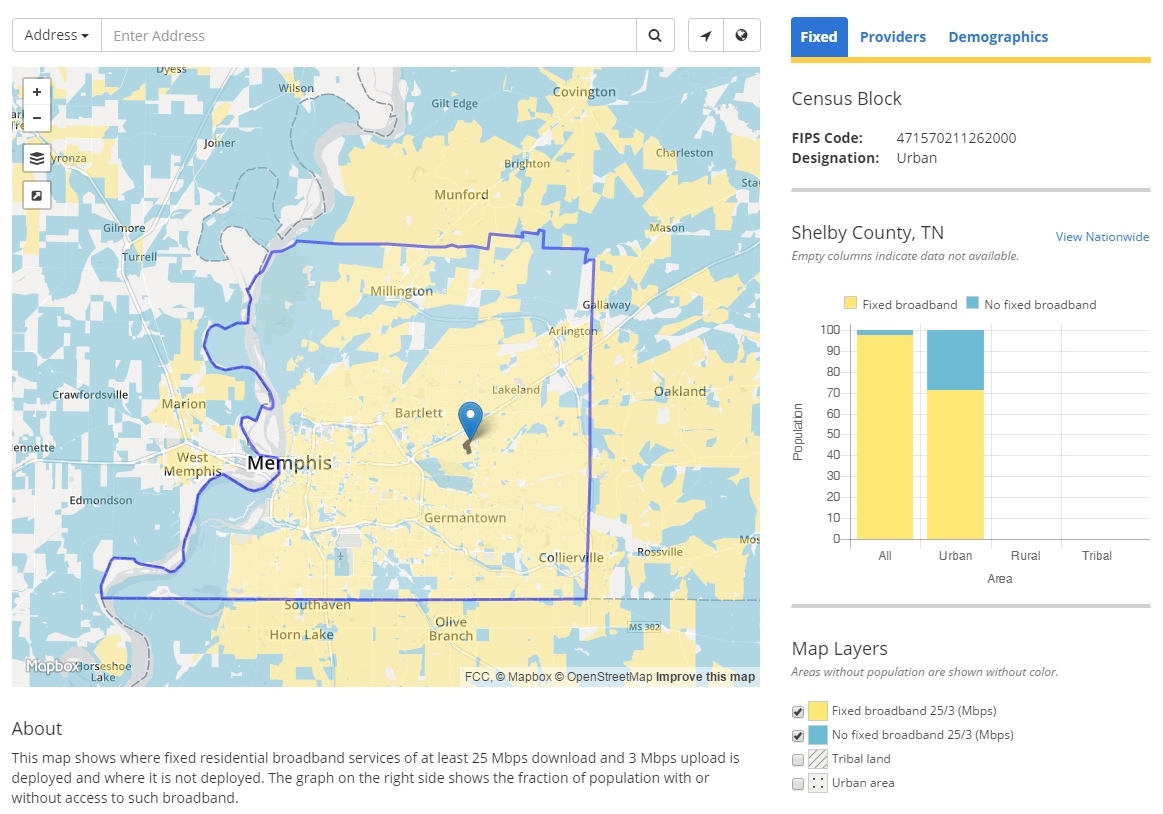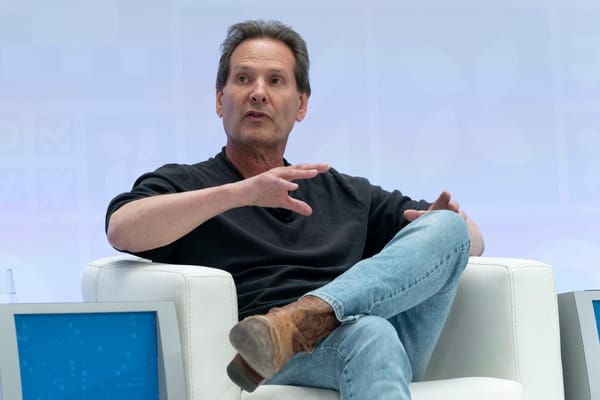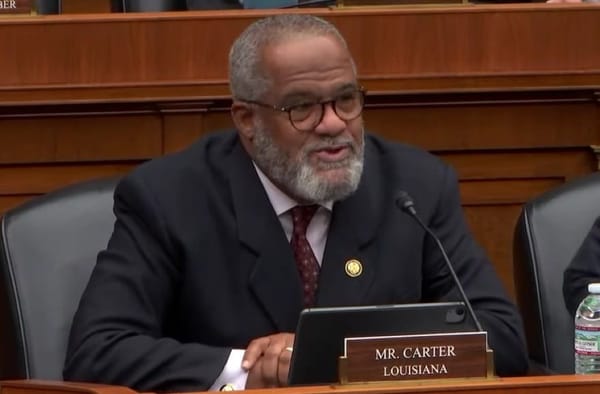Twists in the Broadband Mapping Saga, Plus the Need for Good Data Now, at Rural Telecom Congress
DALLAS, April 18, 2017 – Over the past ten years, broadband mapping has gone through many changes. In the beginning, the Federal Communications Commission collected data about high-speed internet access, but didn’t release any local or granular data collected through its semi-annual forms. Through t

DALLAS, April 18, 2017 – Over the past ten years, broadband mapping has gone through many changes.
In the beginning, the Federal Communications Commission collected data about high-speed internet access, but didn’t release any local or granular data collected through its semi-annual forms. Through the efforts of organizations like BroadbandCensus.com (the predecessor to BroadbandBreakfast.com), a variety of “crowdsourcing” efforts began collecting data directly from broadband users.
These open-source efforts helped to inspire the creation of the State Broadband Initiative within the American Recovery and Reinvestment Act. The February 2009 law mandated the creation of an open National Broadband Map by the National Telecommunications and Information Administration and the FCC.
From 2009 to 2014, state entities collected and published local data about broadband availability, and speeds, and the providers that offered service. Since the end of that federal program, the process has reverted to the FCC — but in a more open manner.
Exactly what and how the FCC, other federal and state agencies, and the private sector are doing will be the subject of the second panel of the Rural Telecommunications Congress in Dallas from May 2-4.
REGISTER TODAY to attend the RTC sessions by using the Rural Telecommunications Code discount code of RTC350.
I’ll have the privilege of moderating the panel discussion on broadband mapping, beginning at 4:10 p.m. on Tuesday, May 2.
Our program will begin with Steve Rosenberg, the chief data officer at the FCC, and one of the people most heavily involved with the collection and publication of broadband data. In fact, he oversaw changes to the FCC’s Form 477 data collection in 2013, around the time that the SBI program was coming to an end. This opened the way for more open broadband data collection by the agency. Rosenberg will speak to these recent efforts.
Bill Johnson, the GIS director of the Universal Service Administrative Corporation, will also speak about how the government’s Universal Service Fund is increasingly relying on broadband data. In fact, understanding the locations where high-speed internet service is available has never been more important. How is USAC approaching broadband data collection?
Finally, Brian Rathbone of Broadband Catalysts will talk about the future of “crowdsourcing” broadband data, and what his organization has done to refine and truth-check broadband data-collection in Appalachia and elsewhere.
As the moderator of the session, I’ll have the chance to bring to bear my own experiences with the subject, including the original Freedom of Information Act lawsuit to obtain Form 477 data, the development of Broadband Census, and my experiences working as Executive Director of the Illinois’ State Broadband Initiative program.
REGISTER TODAY to attend the RTC sessions by using the Rural Telecommunications Code discount code of RTC350. This registration code entitles you to the lowest possible rate to attend not only the RTC sessions, but the entire Broadband Communities Summit program. The cost is $350.










Member discussion